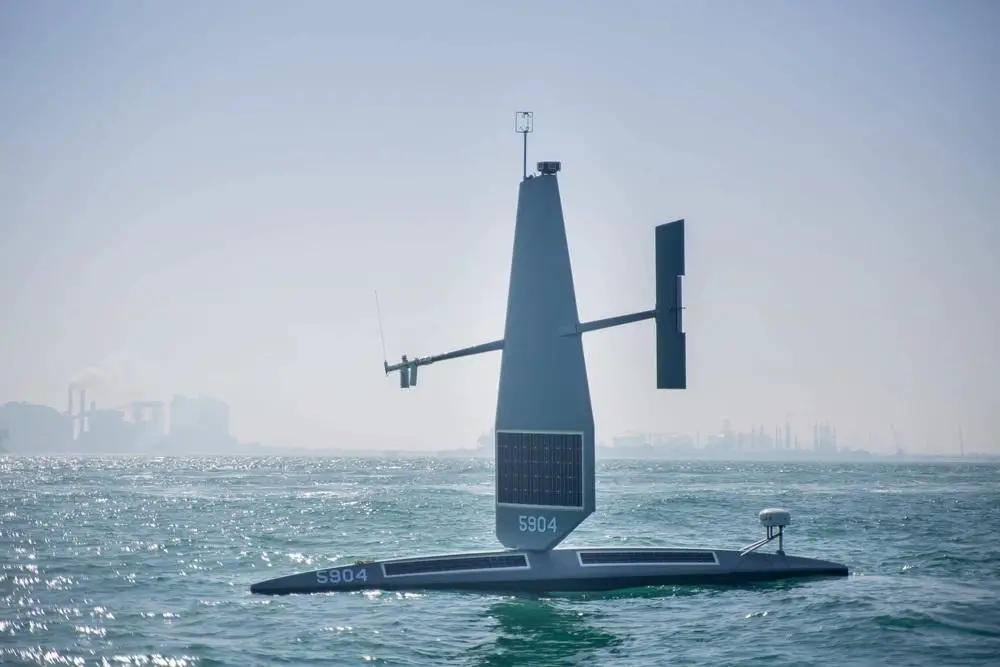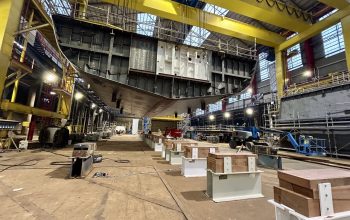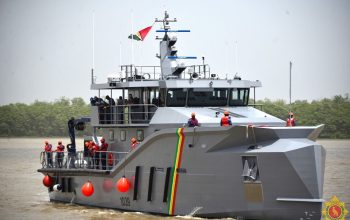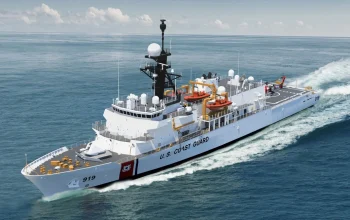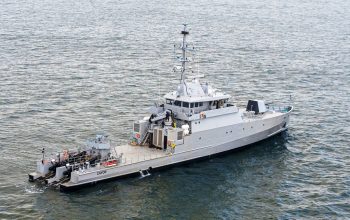U.S. Naval Forces Central Command (NAVCENT) began operating the Saildrone Explorer unmanned surface vessel (USV) in the Arabian Gulf, Jan. 27, expanding U.S. 5th Fleet’s integration of new unmanned systems. Task Force 59, NAVCENT’s dedicated staff for new unmanned systems and artificial intelligence discovery, initiated Saildrone operational testing off the coast of Bahrain one month after launching the a Saildron in the Gulf of Aqaba. The Saildrone launched in the Gulf of Aqaba on Dec. 12, successfully operated at sea continuously for more than 30 days, demonstrating persistence in a dynamic maritime environment.
“The initial Saildrone assessment phase at sea in the Gulf of Aqaba has exceeded our expectations. We are applying the results and rapidly expanding operations. The interest and support from our partners has grown exponentially as we collectively learn from operational testing. We are mutually benefiting from these systems, and the creativity and new use cases can only come from our experience in the water,” said Cmdr. Thomas McAndrew, the task force’s deputy commander.
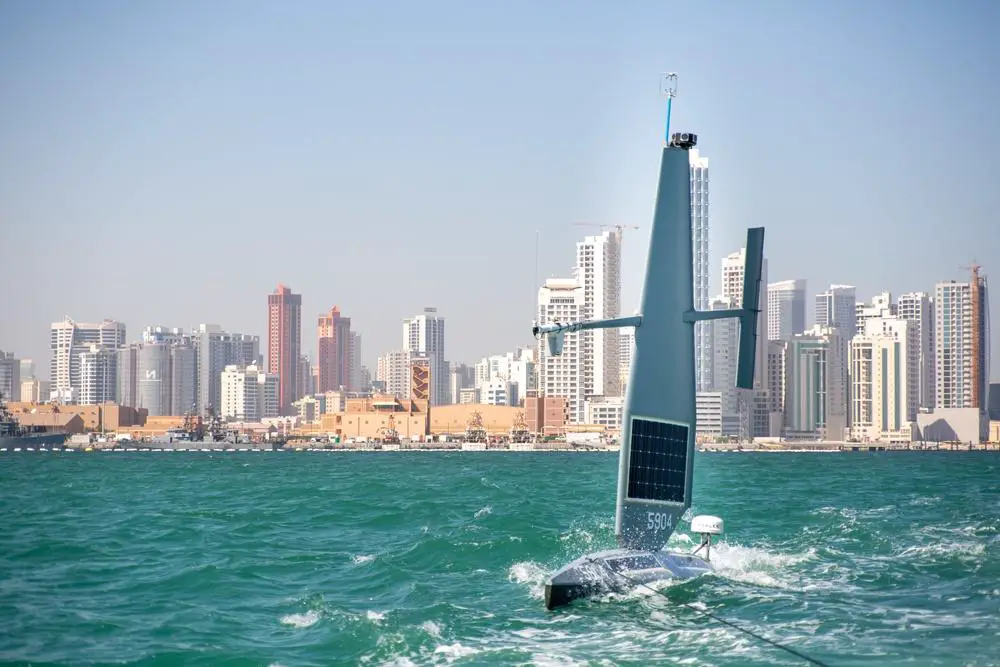
The Saildrone Explorer is a 23-foot-long, 16-foot-tall USV reliant on wind power for propulsion. The vessel houses a package of sensors powered through solar energy for building a shared picture of the surrounding seas. Last September, NAVCENT established Task Force 59 in Bahrain where it is headquartered. The task force has since commenced at-sea evaluations of new Mantas T-12 and Devil Ray T-38 USVs off the coast of Bahrain before International Maritime Exercise (IMX) 2022 in February. IMX is slated to include unmanned systems from partner nations, which will make it the largest unmanned exercise in world.
Ongoing evaluations of new unmanned systems in U.S. 5th Fleet help drive discovery, innovation and fleet integration. The U.S. Navy is learning important lessons that will inform future operational employment. The Middle East region’s unique geography, climate, and strategic importance offer an ideal environment for unmanned innovation through multilateral collaboration. The area includes the world’s largest standing maritime partnership called Combined Maritime Forces as well as key waterways vital to global commerce.


